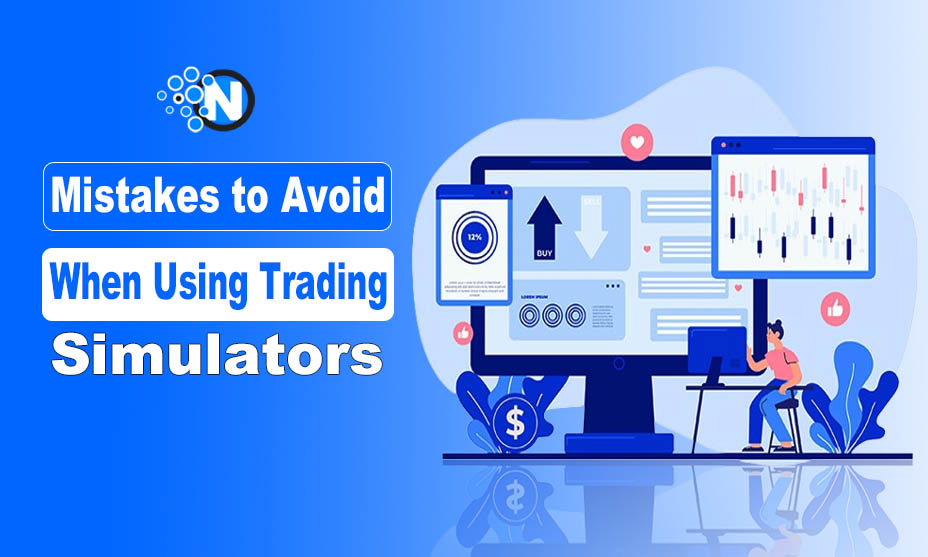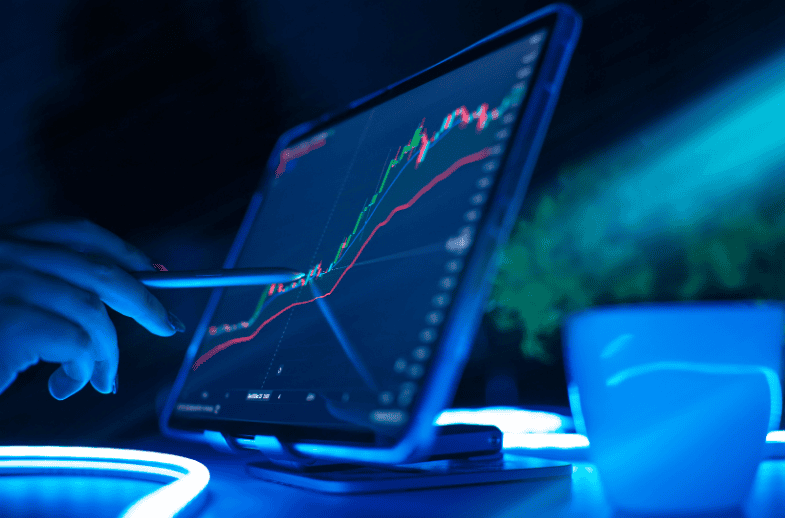What Are Common Mistakes to Avoid When Using Trading Simulators?

Trading simulators can be invaluable tools for honing your trading skills without risking real money. Still, many new traders can fall into common pitfalls that prevent their learning from taking place effectively.
In this article, I will address some common mistakes and give practical tips to enhance your trading simulator experience and better equip you to face live trading when the time comes.
You can also enhance your trading simulator experience by connecting with “GPT 2.0 Definity,” an investment education company that bridges the gap between traders and top educational experts. Explore how expert guidance can refine your simulation strategies without the jargon of profits and gains.
Neglecting Realistic Market Conditions
Trading simulators can be great for learning but frequently fail to recreate realistic market conditions. Markets are affected by various external forces, including economic data releases, geopolitical events, investor sentiment changes, and hard-to-predict price volatility.
If a simulator doesn’t incorporate such variability, users may develop unrealistic expectations that don’t align with real-life markets. It would be like practicing basketball on an ideal court without wind; it doesn’t prepare you for real-world games!
Without accurate market conditions, traders might struggle to adapt to sudden price swings or unexpected events, leading to overconfidence. Imagine practicing driving in an empty parking lot before suddenly being thrust into rush-hour traffic; it would be overwhelming! Without experiencing these conditions in live trading, traders can become unprepared for the emotional rollercoaster ride.
One should choose simulators resembling real-life situations, including events and realistic volatility, to mitigate this. When practicing with simulators, supplement them with additional resources like blogs for news & updates or join discussion forums to develop a fuller understanding and better prepare yourself for actual trading challenges. Remember to pursue an approach that accounts for real-world unpredictability—always strive for balance!

Emotional Discipline in Simulated Trading
Emotional discipline is important when trading. However, in a simulated environment, it is easy to overlook the emotional highs and lows associated with real-money trading. Simulators don’t evoke the same stress, fear, or greed experienced with real trading; they just recreate an illusionary poker-like atmosphere without actual stakes to account for.
Emotions can quickly lead to impulsive decisions when trading real money, especially after suffering a significant loss. You might feel an urge to “win back” that money, leading to further losses. Conversely, an impressive win may cause overconfidence, leading to riskier trades—the difference being pixels on a screen vs. real-life money being traded!
To bridge this gap: Try simulating emotional stress by setting personal challenges or penalties for poor performance in your simulator.
Discuss your Trades with Others to Obtain Feedback
Reflect on your emotional responses as if the money were real. Reading up on the psychological aspects of trading can also be helpful. Many experienced traders emphasize emotional control strategies for effectively managing feelings in market conditions.
Acknowledging and preparing for these emotional aspects of trading will prepare you to handle actual market conditions better than trying to ignore or deny their influence altogether.
One common misstep in simulated trading is overlooking transaction costs and fees. Every trade incurs costs such as commissions, spreads, and taxes that can significantly diminish profitability.
Although they often appear profitable at first, once these expenses are factored in, profits quickly diminish—much like buying items on sale without factoring in shipping fees; their total cost can often come as an unpleasant shock!
Trading simulators often fail to account for these expenses, giving traders a distorted impression of potential earnings and leading them to adopt strategies that won’t survive in real markets. For an accurate depiction, choose simulators that include transaction costs. You can also subtract fees manually from your simulated profits to better understand their impact.
For example, research the average commission per trade and deduct it from your simulated earnings when trading stocks. When trading in forex, account for spread, the difference between buying and selling price. By taking these steps, you’ll get an accurate representation of your strategy’s viability; think of it as budgeting for a trip: always include potential expenses to avoid unpleasant surprises and gain a precise image of profitability.
Distorted Capital and Position Sizes
One standard error when trading simulation is using unrealistic amounts of capital and position sizes. Simulators tend to start you out with much larger accounts than most novice traders can manage, which can lead to strategies that are inappropriate for smaller accounts. It would be like cooking with gourmet ingredients in an extravagant kitchen before moving to one with limited facilities—the experience doesn’t translate well.
With a more extensive capital base, you have more flexibility in taking more significant risks and weathering losses more comfortably. However, even one bad trade can wipe you out entirely on smaller accounts.
To gain a realistic understanding of what may lie ahead for your trading capital and maximize returns while learning to manage it and effectively develop strategies tailored to your circumstances.
As with position sizes, using unrealistic position sizes in a simulator may create unrealistic results. Position sizing is important to managing risk; allocating half of your account to one trade would be excessive and not recommended—something that might seem harmless in a simulator but can have lasting repercussions in reality.
By simulating realistic capital and position sizes, you gain an accurate representation of risk management and potential returns. This preparation for live trading develops prudent habits. Aim to reflect actual trading conditions when simulating to gain meaningful insights and avoid costly errors when transitioning from simulator trading into real trading.
Conclusion
You can hone your skills and establish a solid foundation for real-world trading by avoiding common mistakes in trading simulators. Stay mindful of realistic conditions, emotional discipline, transaction costs and appropriate capital use – these will all ensure a smoother transition into live markets!
Happy trading!




